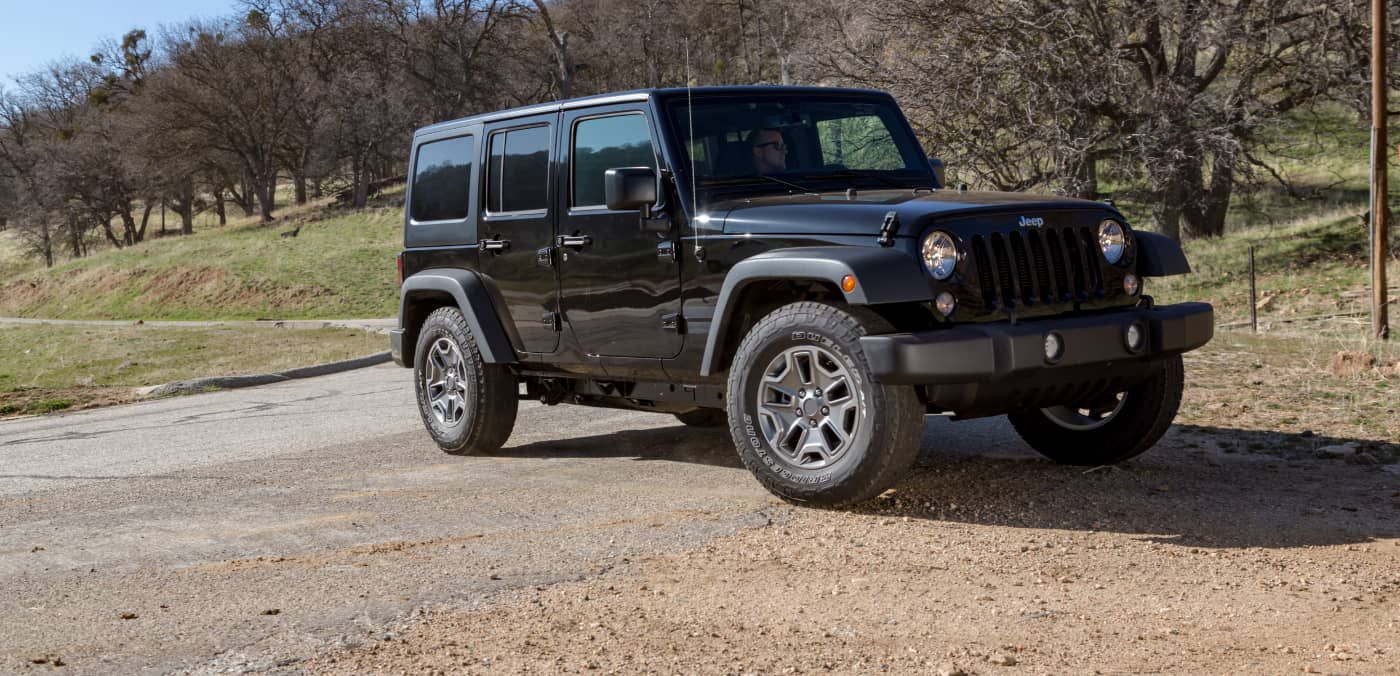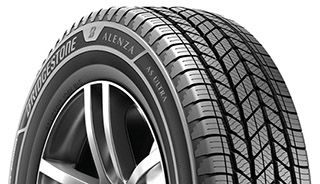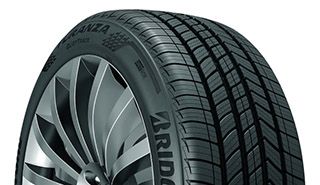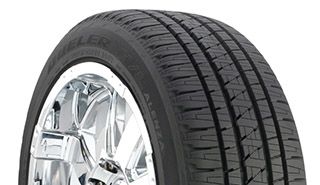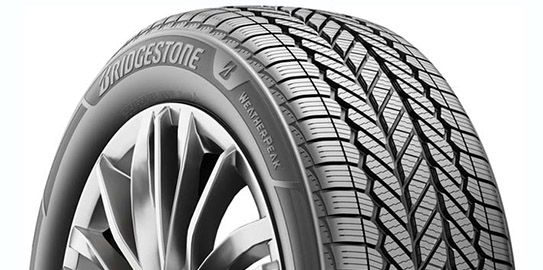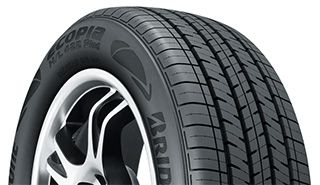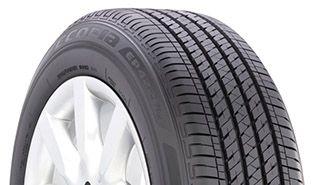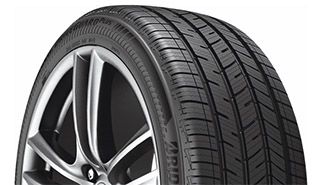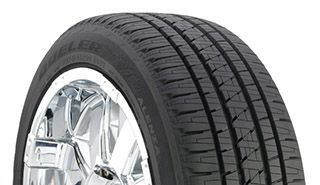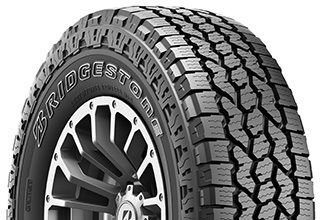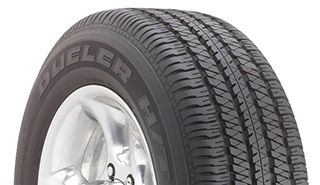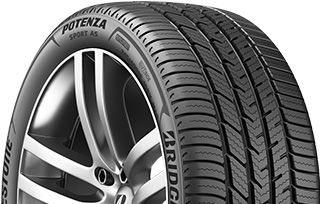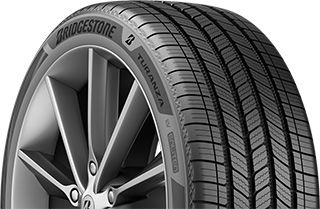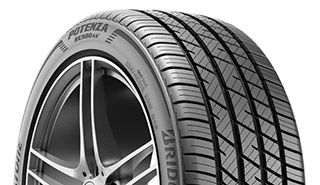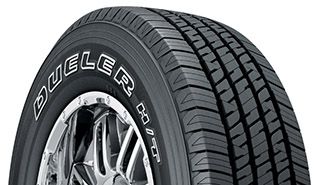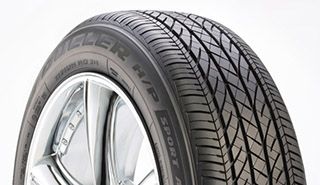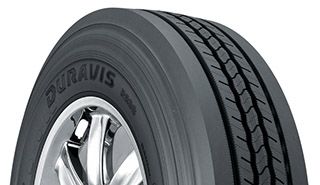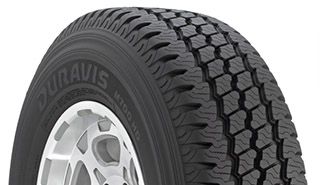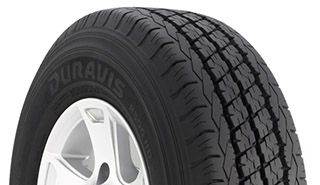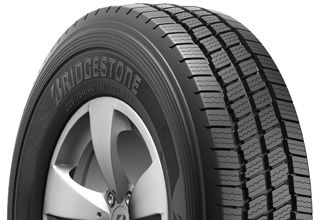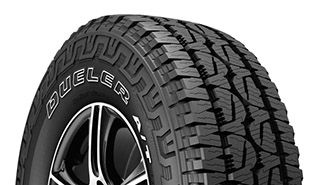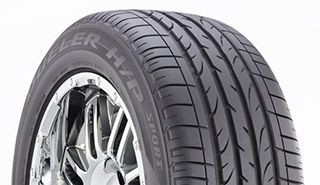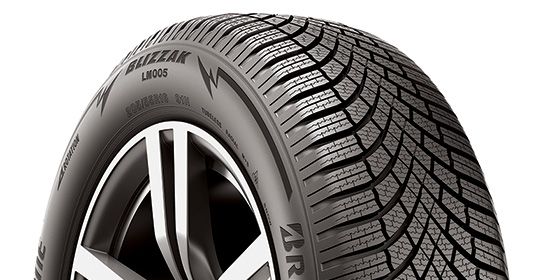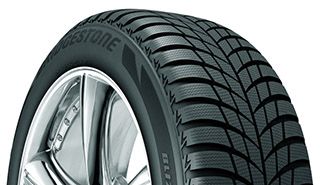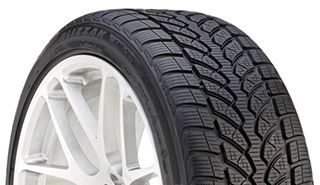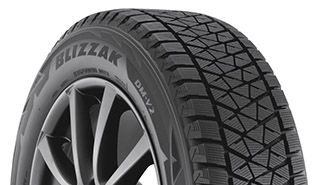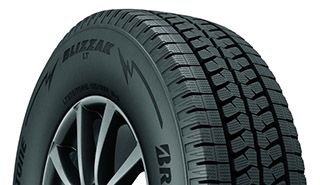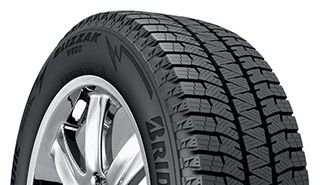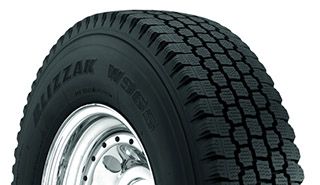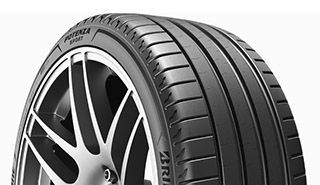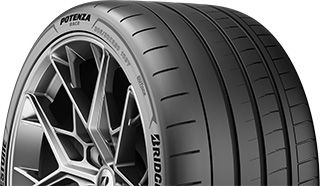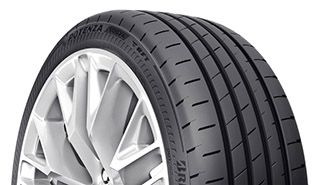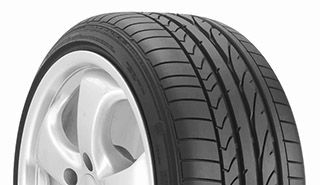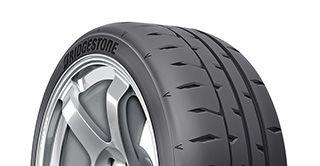It's that time again: the sun is out, temperatures are rising and the kids are out of school. It's summer, and that means you'll likely be adding a few extra car trips to your already packed driving schedule. Is your car ready for the heat, the highway miles and the extra weight from luggage?
You may not know it, but hot weather conditions can negatively affect your vehicle, tires and overall experience. From faulty tires and emergency unpreparedness to overheated vehicles and hot car deaths, summertime driving can come with plenty of risks. So, stay prepared by optimizing your vehicle for sweltering weather conditions by using these summer vacation driving tips.
STAY COOL ON YOUR SUMMER ROAD TRIP
Ensure your cooling system is in top shape, including your car's radiator, water pump, thermostat and associated belts and hoses to ensure a smoother, cooler ride.
- Radiator: Fill your radiator with a high-quality antifreeze, even in the summer (it has a higher boiling point than water).
- Water Pump: Get your water pump checked out by a professional before your trip and before summer begins.
- Belts and Hoses: Give your belts and hoses a good visual once-over. If they look dry, cracked or loose, get your car to a mechanic.
QUENCH YOUR VEHICLE'S THIRST
When preparing to execute summer maintenance for your car, ensure that all fluid levels in your vehicle are at appropriate levels for a long, hot drive (i.e., wiper fluid, coolant, brake fluid, motor oil, transmission fluid, etc.). Not maintaining these fluids could lead to an overheated vehicle or worse, costly engine failure.
MAINTAIN YOUR TIRES
The heavy loads, longer distances and hot temperatures of summer trips can adversely affect your car's tires. Fortunately, there are a few simple things you can check to make sure you roll up to your fun-in-the-sun destination safely.
- Examine your tires for any visible signs of damage. Damage can include cracks or bald spots, worn treads, punctures or bubbles.
- Check and inflate your tires. Use a tire gauge to check your tire pressure every month and before long trips or when carrying extra loads. Find your vehicle manufacturer's recommendations for tire pressure on a label affixed to the driver's side door or in your vehicle owner's manual.
- Don't drive too fast or overload your vehicle. Lowering your speed and limiting the amount of luggage can mean better gas mileage, but it can also put less strain on your tires.
- Check the inflation pressure and condition of your spare tire. Ensure that your car's donut tire or full-sized spare will keep you on the road after a flat. Consider mounting Bridgestone DriveGuard™ tires on your vehicle before your trip to bypass the tow truck after a puncture. Why? Because DriveGuard tires are engineered to allow you to drive up to 50 miles at a maximum speed of 50 mph after a puncture or complete loss of pressure.* Find DriveGuard tires at a Bridgestone retailer near you.
(Tip: Tire pressure should be checked when the tires are "cold," which means your car hasn't been driven for three hours or less than a mile at moderate speed).
PACK EMERGENCY SUPPLIES
Before taking your next summer trip, why not throw in a few extra things that could mean the difference between an epic vacation and a summer disaster? Stay prepared by bringing these essential items with you on the road during warmer months and throughout the year.
A complete emergency kit includes:
- Portable Cell Phone Charger and Battery
- First Aid Kit
- Non-Perishable Food Items and Water
- Flashlights
- Flares and Hazard Triangles
- Tools (i.e., lug wrench and car jack)
- Spare Tire
- Jumper Cables
- A Quart (or 2) of Oil (Even a well-tuned engine can burn oil with sustained driving.)
- A Jug of Coolant
REMAIN VIGILANT DURING SUMMER MONTHS
Summer trips are an excellent way to get your family out of the house, make lasting memories and share in some much-needed bonding time. However, with our summer driving tips, safety for you and your family doesn't just end at vehicle readiness. Consider other factors, such as busier roads and the health hazards associated with summer driving.
Slow Down on Summer Roads
Summer tends to get everyone out of the house, which means more volume on the roadways and a wider variety of drivers and vehicles than you'd typically encounter. For example, younger, less experienced drivers are on summer vacation and add to those already on the road. There are more motorcycles and RVs, too. So, remain vigilant, watch the speed limit and slow down when driving during the summer months. Give yourself plenty of space and time to see everyone on the road and react accordingly.
Prioritize Child and Pet Safety
Child and pet safety is easily the most critical factor for successfully implementing these safety driving tips in summer.
In 2019, there were more than 50 child hot car deaths in the United States, as well as hundreds of household pets. This fatality rate occurs either because the children and furry companions were left behind "for just a moment" or because they became trapped inside the vehicle while left unattended.
Cars heat up quite rapidly in sunny weather. Even with an outside temperature as low as 57°F, for example, the interior of your vehicle can reach a scorching 110°F! So, protect your loved ones this summer by not leaving them alone in parked cars (even with cracked windows or running AC) and by keeping your car locked when you are not inside.
CHANCE FAVORS THE PREPARED
That should do it! Be a prepared driver, and your summer vacation can go off without a hitch, despite the heat, the crowds and the potential wear and tear on your vehicle. Now put your shades on, create your best summer driving songs playlist, pack up the sunscreen and hit the road. You're in for the coolest summer yet!
*Reparability of DriveGuard tires depends on the tire damage, amount of pressure loss, and vehicle operating conditions. Contact a Bridgestone retailer for details.



